Disclosure: This article contains affiliate links. We may earn a commission from purchases at no extra cost to you, which helps our travel content.
The first time I stood atop Mui Ne's red sand dunes, my PE teacher instincts kicked in – I wanted to roll, slide, and play in that magnificent russet landscape. Instead, I planted my feet firmly in the cool morning sand and reached for my camera. What unfolded before me was a photographer's dream: an ever-changing canvas of light and shadow dancing across rippled terrain that seemed to belong more to Mars than Vietnam. After five visits to these magnificent dunes, I've learned exactly when and how to capture their magic without breaking the bank or fighting the crowds.
The Golden Hour: Sunrise at the Red Dunes
If there's one non-negotiable time to photograph Mui Ne's red sand dunes, it's the hour surrounding sunrise. I typically arrive by 5:15 AM during winter months (slightly earlier in summer) to claim my spot and set up. The pre-dawn blue light creates a surreal, almost otherworldly quality as it touches the dunes, transitioning through purples and pinks before the sun actually crests the horizon.
What makes sunrise particularly magical is how the low-angled light accentuates every ripple and curve in the sand. The dunes transform from flat orange expanses into deeply textured landscapes with dramatic shadows. I've found positioning yourself facing west (with the sun at your back) creates the most dramatic relief patterns, while shooting toward the east captures beautiful rim lighting along the dune edges.
After years of fumbling with settings in the changing light, I've learned to bring my light meter to get perfect exposures as the light changes rapidly. This compact tool has saved countless shots that would otherwise be blown out or underexposed.
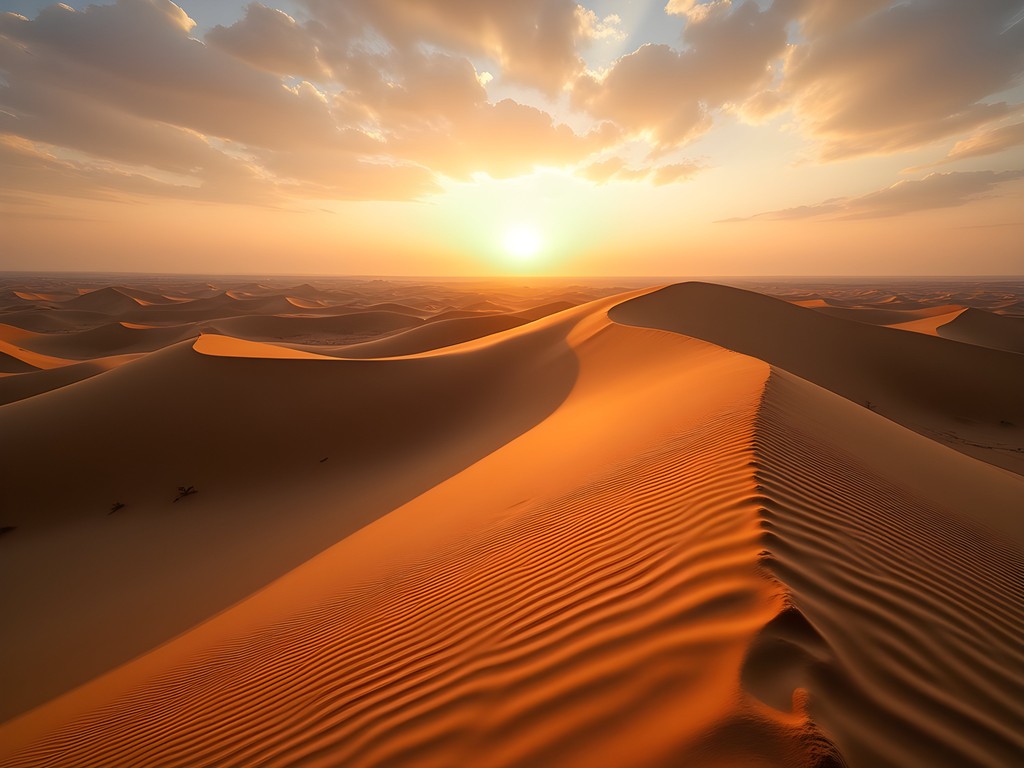
💡 Pro Tips
- Arrive at least 30 minutes before official sunrise time
- Bring a headlamp for setting up in the dark
- Start with west-facing shots, then pivot to catch the sun rising in the east
Navigating the Dunes: Where to Find the Best Compositions
The red sand dunes of Mui Ne aren't a single location but rather a series of dune fields with distinct characteristics. The main red dunes (Đồi Cát Hồng) are closest to town and most accessible, but venture about 1km further northeast and you'll find more pristine, less-trafficked areas where the sand maintains those perfect ripple patterns photographers crave.
I approach dune photography like a designer approaches a room – looking for lines that lead the eye, contrasting elements, and natural focal points. The most compelling compositions often incorporate:
- Leading lines: Follow the sharp ridge of a dune crest into the distance
- Natural frames: Use the curves of one dune to frame another in the background
- Scale elements: Include a distant person (or yourself) to demonstrate the vastness
Moving through sand requires more energy than you might expect. On my first visit, I was exhausted within an hour despite being reasonably fit. Now I always wear my sand gaiters to keep sand out of my shoes and make traversing the dunes much more comfortable. They're lightweight, packable, and have saved me from the misery of sand-filled shoes countless times.
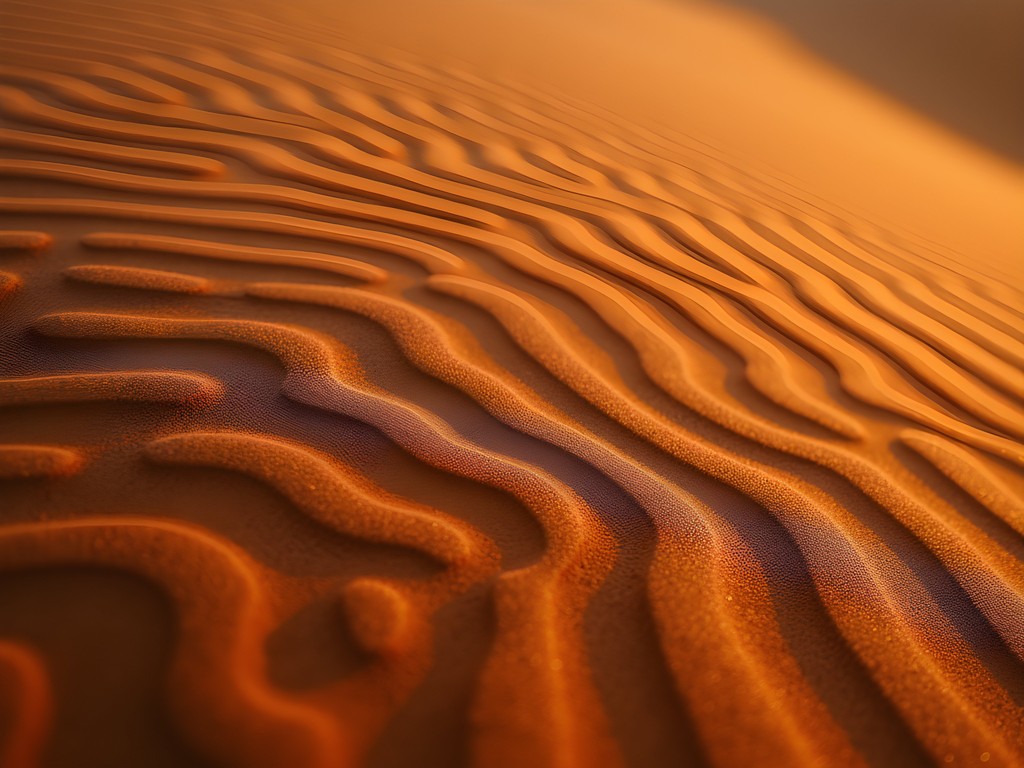
💡 Pro Tips
- Walk along dune ridges rather than up/down slopes to conserve energy
- Look for areas with recent wind patterns for the cleanest ripple textures
- Photograph footprint-free areas first, then incorporate human elements later
Midday Magic: Working with Harsh Light
Most photographers pack up and leave once the sun climbs high, but there's a special quality to Mui Ne's dunes in midday light that's worth capturing. The key is to shift your perspective and embrace the minimalist potential.
Between 10 AM and 2 PM, I focus on:
- Minimalist compositions where stark shadows create graphic patterns
- Abstract close-ups of ripples and textures
- High-contrast black and white conversions that emphasize form over color
The harsh light creates clear delineations between light and shadow, perfect for minimalist compositions. My polarizing filter becomes essential during these hours – it cuts glare from the sand and deepens the already rich red tones.
Midday also offers a practical advantage: fewer tourists. Most tour groups arrive around 8-9 AM after sunrise photographers have left, then depart by early afternoon. Arriving around 11 AM often means having sections of the dunes nearly to yourself.
Stay hydrated though – the heat reflecting off the sand is intense. I always pack my insulated water bottle filled with ice water. It keeps drinks cold for hours even in direct sunlight, which feels like absolute luxury when you're shooting in 90°F heat.
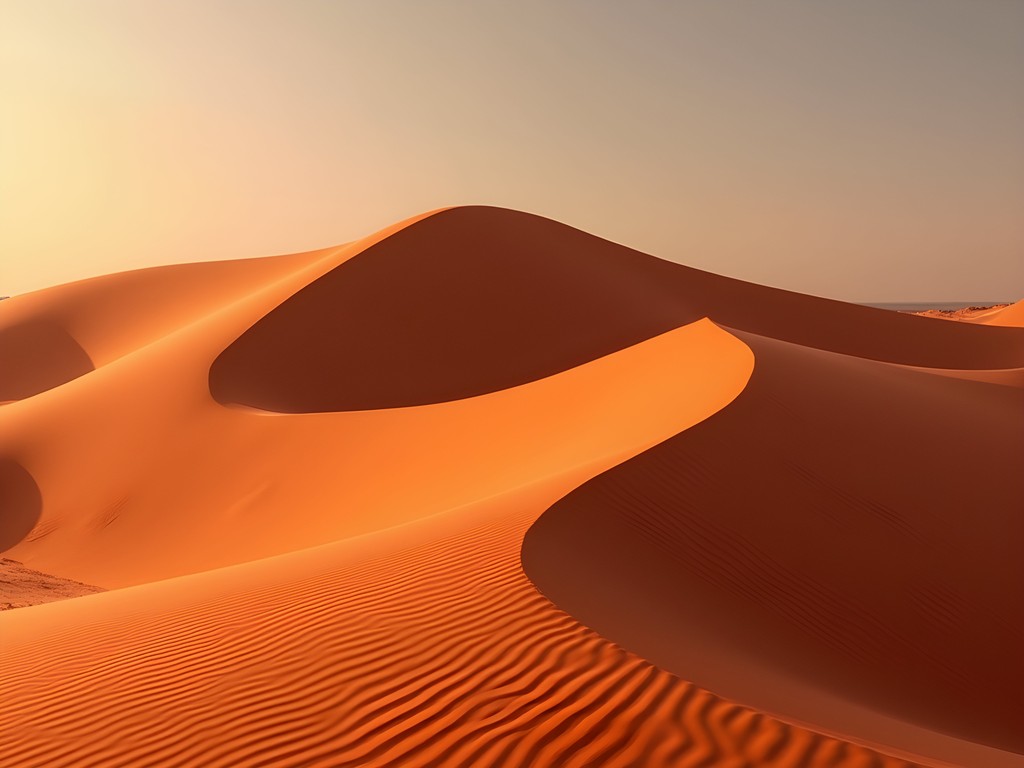
💡 Pro Tips
- Look for clean intersections of light and shadow for graphic compositions
- Use a polarizing filter to reduce glare and deepen colors
- Shoot in RAW to recover shadow details in high-contrast scenes
The Magic Hour: Sunset Strategies
While sunrise offers solitude, sunset brings drama to Mui Ne's dunes. The lower western sun bathes the landscape in rich amber light, transforming the already red sand into a fiery spectacle. It's busier than dawn, but the atmosphere is festive as both photographers and casual visitors gather to watch nature's show.
I've found the best sunset compositions incorporate:
- Silhouettes of people or vegetation against the glowing sky
- Backlit sand catching the light as it blows off dune crests
- Long shadows stretching dramatically across the rippled terrain
Sunset also offers unique opportunities for including people in your images. Local children often offer sand-sliding services on plastic sheets – these moments of joy make for compelling action shots that capture both the landscape and Vietnamese culture.
After years of squinting into viewfinders at sunset, I now always bring my photographer's hat which provides crucial shade for my eyes when shooting directly into the setting sun. The wide brim also protects my neck and face from the surprisingly intense late-afternoon rays.
As the light fades, don't rush away – the blue hour after sunset offers a brief but magical period where the sand takes on purple hues under the darkening sky. These moments require a travel tripod for the slower shutter speeds, but the ethereal quality is worth the extra weight in your daypack.

💡 Pro Tips
- Position yourself on eastern-facing slopes to catch the warm glow of western light
- Include human elements for scale and storytelling
- Stay for blue hour when most tourists have departed
Practical Tips for Budget Photographers
As a teacher who travels on a modest salary, I've developed strategies for photographing Mui Ne affordably without compromising on experience:
Transportation: Skip the organized tours (which rush you through) and instead rent a motorbike for 100,000-150,000 VND ($4-6) per day. This gives you freedom to arrive and depart on your own schedule, essential for catching the best light. If you're not comfortable on a motorbike, negotiate with a local taxi driver for early morning pickup – arrange this the day before and expect to pay about 250,000 VND ($10) round trip.
Entrance fees: The official entrance fee is just 10,000 VND (about 40 cents), though sometimes it isn't collected during very early morning hours. I always keep small bills ready just in case.
Gear protection: Sand gets everywhere! I protect my equipment with a camera rain cover which works perfectly against sand. It's lightweight, inexpensive, and has saved my gear countless times when sudden wind kicks up sand clouds.
Accommodations: Stay in Mui Ne proper rather than more expensive Phan Thiet. I've found excellent guesthouses with AC for under $20/night within walking distance of local restaurants. My favorite is Hong Di Guesthouse, a family-run place with clean rooms and a lovely garden just 10 minutes from the dunes by motorbike.
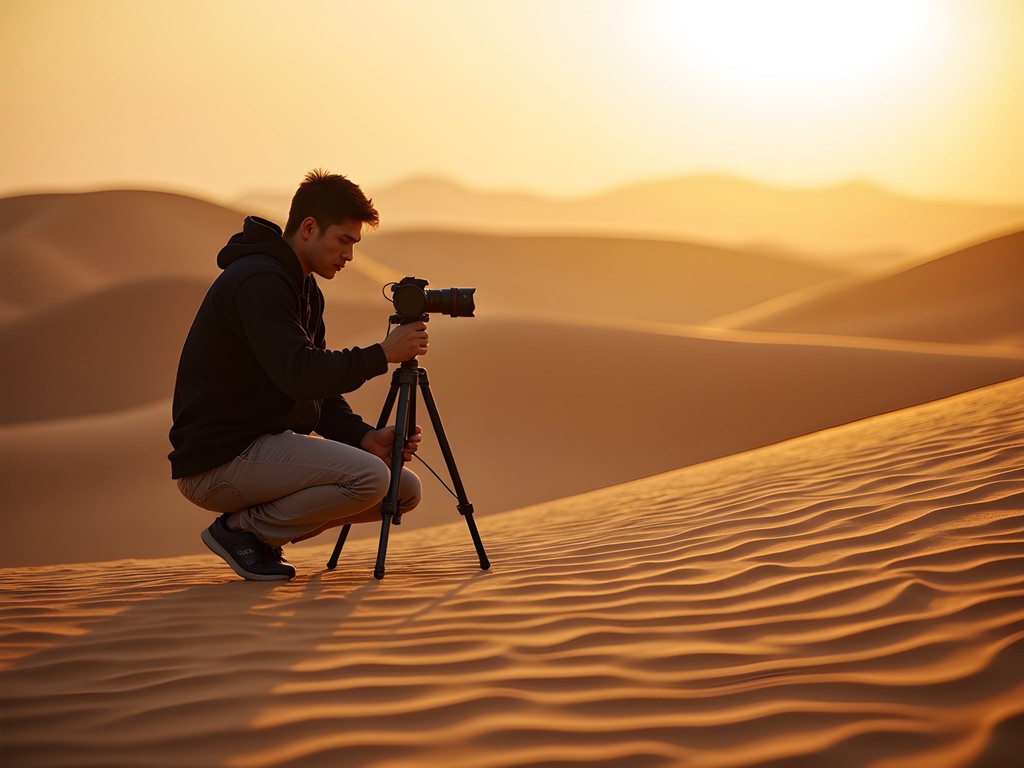
💡 Pro Tips
- Change lenses inside a plastic bag to prevent sand infiltration
- Bring a bandana or buff to protect your face during sudden sand gusts
- Book accommodations in Mui Ne town for easiest dune access
Final Thoughts
Mui Ne's red sand dunes offer an accessible yet extraordinary landscape photography opportunity that has drawn me back multiple times. As both a design enthusiast and budget traveler, I'm continually amazed by how this natural wonder delivers such visual impact without requiring expensive tours or equipment. The dunes remind me of what I tell my PE students about movement – it's not about having the most expensive gear but about understanding how to work with what you have and the environment around you.
Whether you're capturing the first golden rays of sunrise, the graphic shadows of midday, or the rich hues of sunset, Mui Ne rewards photographers who take the time to observe how light transforms the landscape throughout the day. Pack light, wake early, stay hydrated, and give yourself permission to play with composition as the dunes reveal their different personalities from dawn to dusk.
I hope this guide helps you capture your own stunning images of this remarkable landscape. If you visit, I'd love to see your photos – tag me on Instagram @PaisleyDesignTravel or drop a comment below sharing your own tips for photographing Vietnam's desert-like wonder.
✨ Key Takeaways
- Sunrise offers the best combination of lighting and solitude for photographers
- Different times of day reveal completely different moods and textures in the dunes
- Budget-friendly options exist for transportation and accommodation
- Protect your gear from sand with appropriate covers and careful handling
- Allow time to explore beyond the main entrance areas for pristine, untouched dunes
📋 Practical Information
Best Time to Visit
November through March (dry season with clearest skies)
Budget Estimate
$30-50 per day including accommodation, food, and transportation
Recommended Duration
2-3 days (allowing for multiple sunrise/sunset shoots)
Difficulty Level
Moderate (Walking In Sand Requires Decent Fitness)
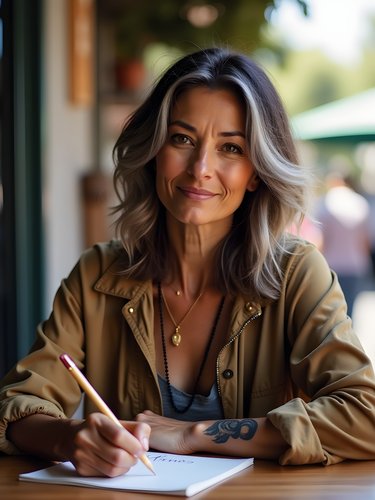

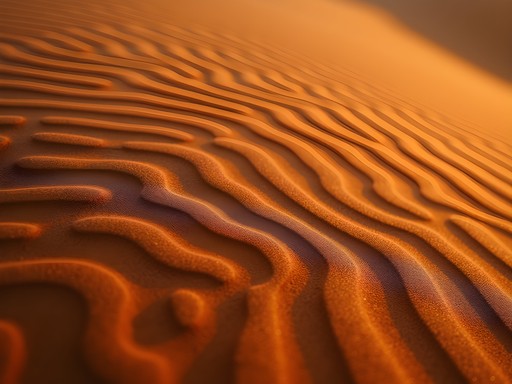
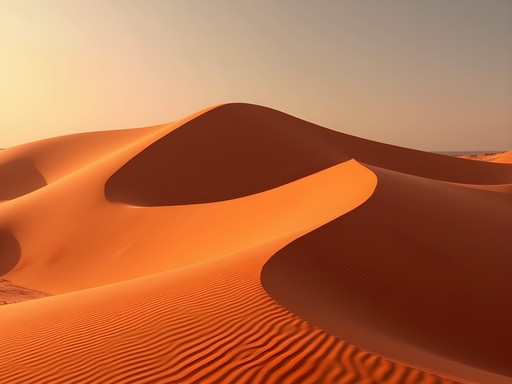
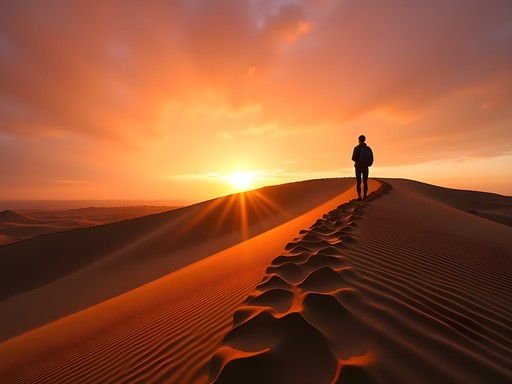











Comments
wavediver
How did you get to the dunes? Are taxis readily available that early in the morning?
Nicole Russell
Not OP but when I went, I rented a scooter! Super easy to get around and you can arrive exactly when you want for that perfect light. Just arrange it the day before with your accommodation.
wavediver
Perfect, thanks! I'm a bit nervous about driving in Vietnam but might give it a try for those dawn shots.
islandchamp8897
How crowded does it get at sunrise? Worth going that early just to avoid the crowds, or is midday actually better for having the place more to yourself? Planning a photography-focused trip and trying to decide when to visit.
greenwalker1434
When I went, sunrise had fewer people but there were still local kids offering sand-sledding services. By 9am it was getting pretty busy with tour groups. I'd definitely do sunrise for both the light AND fewer people.
islandchamp8897
Thanks! Sunrise it is then. Appreciate the insight!
Nicole Russell
Paisley! Your photography guides are always my go-to! I visited the red dunes last month and followed your sunrise advice - GAME CHANGER! The way the early light creates those deep shadows between ripples is magical. I also found that bringing a small spray bottle to mist the sand created some interesting texture in close-up shots. One question - did you ever try night photography there? I'm heading back in November and wondering if capturing star trails over the dunes might work?
islandchamp8897
That spray bottle trick is genius! Definitely stealing that idea for my trip next month.
journeywanderer
These photos are stunning! Adding this to my Vietnam bucket list right now!
greenwalker1434
Just got back from Mui Ne last week and I wish I had this guide before going! The lighting at midday was brutal - my photos came out so washed out. Your tip about using polarizing filters would've saved me a lot of disappointment. The sand really does create amazing patterns in the early morning light though. One thing I'd add - bring more water than you think you need. I underestimated how thirsty I'd get climbing those dunes!
Nicole Russell
So true about the water! I went through 2 liters in just a few hours. The heat reflecting off the sand is no joke, especially if you're hauling camera gear!
greenwalker1434
Exactly! And my camera backpack got so hot in the sun I was worried about my gear. Next time I'm definitely going at sunrise like Paisley suggests.
wildgal
OMG THESE DUNES LOOK INCREDIBLE!!! 😍😍😍 I can't believe places like this exist! How many days would you recommend staying in Mui Ne to get the full experience? Can't wait to try some of your photography tips!
sunsetgal7715
I'm wondering the same thing! Planning a Vietnam trip for next year.
Paisley Sato
I'd say 2-3 days is perfect! That gives you time to visit both the red and white dunes, plus try some local seafood and relax at the beach. The area is quite compact so you don't need a ton of time.
citywanderer
This looks amazing! Is it difficult to get to the dunes from the main tourist areas? And do you need a guide or can you explore on your own?
Paisley Sato
It's pretty easy! You can grab a taxi or motorbike taxi from Mui Ne beach area (about 15-20 min ride). No guide needed - just pay a small entrance fee and you're free to explore. Early morning is less crowded if you want those clean sand shots!
citywanderer
Perfect, thanks! I'm not a morning person but might make an exception for this!
waveking
Those shadow patterns are insane! Adding this to my bucket list.
Sarah Powell
Excellent breakdown of the lighting conditions, Paisley! I visited the red dunes last year and completely agree about sunrise being magical. One tip I'd add - bring a lightweight scarf to protect your camera from the fine sand that blows around, especially if the wind picks up. I learned this the hard way when my lens got gritty. The midday harsh light section is particularly helpful, as most photographers would just avoid shooting then, but your techniques for working with the shadows are brilliant. I used my polarizing filter to help manage reflections and enhance the rich red tones.
wildgal
Good tip about the scarf! I'm heading there next month and wouldn't have thought about protecting my gear.
Sarah Powell
Glad it helped! The sand is super fine there - gets everywhere.
sunsetgal7715
Your photos are absolutely stunning! The way you captured those sunset shadows stretching across the dunes is magical. Adding Mui Ne to my bucket list right now!
Paisley Sato
Thanks so much! The dunes are even more impressive in person - the colors change by the minute during sunset.
Venture X
Premium card with 2X miles, $300 travel credit, Priority Pass